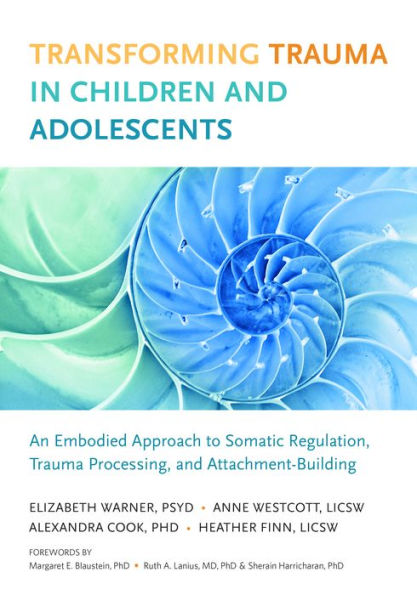5
1

Transforming Trauma in Children and Adolescents: An Embodied Approach to Somatic Regulation, Trauma Processing, and Attachment-Building
304
Transforming Trauma in Children and Adolescents: An Embodied Approach to Somatic Regulation, Trauma Processing, and Attachment-Building
304eBook (Digital original)
$17.99
Related collections and offers
17.99
In Stock

Product Details
| ISBN-13: | 9781623172596 |
|---|---|
| Publisher: | North Atlantic Books |
| Publication date: | 04/28/2020 |
| Sold by: | Penguin Random House Publisher Services |
| Format: | eBook |
| Pages: | 304 |
| File size: | 6 MB |
About the Author
From the B&N Reads Blog
